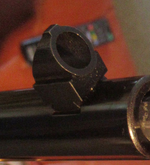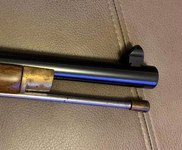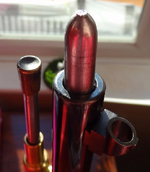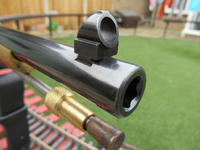Hello All,
Will be looking at a .451 Parker Hale 3 band Volunteer shortly, serial number H8xy. Rifling should be Henry since the serial number starts with an H. Am I correct in assuming this? As it looks the previous owner took good care of it. Anyone advise for things to look for?
Thanks in advance,,
Jan-Willem


Will be looking at a .451 Parker Hale 3 band Volunteer shortly, serial number H8xy. Rifling should be Henry since the serial number starts with an H. Am I correct in assuming this? As it looks the previous owner took good care of it. Anyone advise for things to look for?
Thanks in advance,,
Jan-Willem
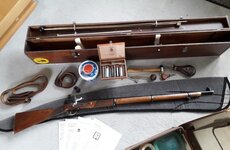
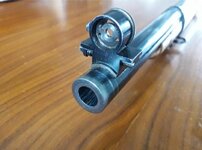
Last Edited:








